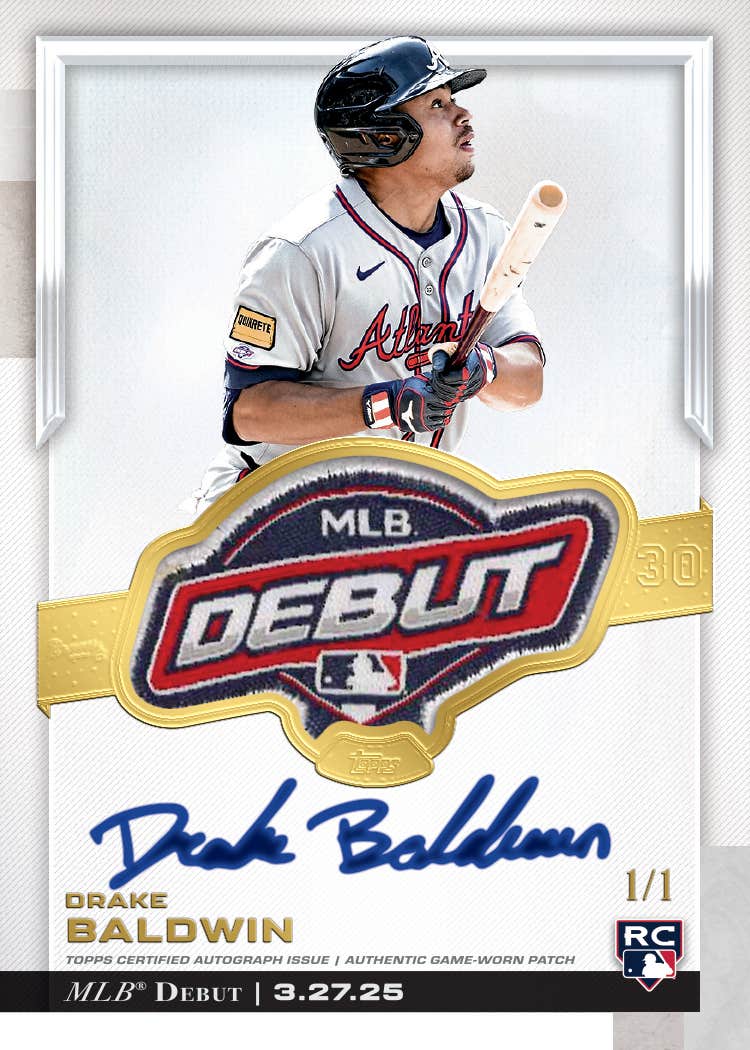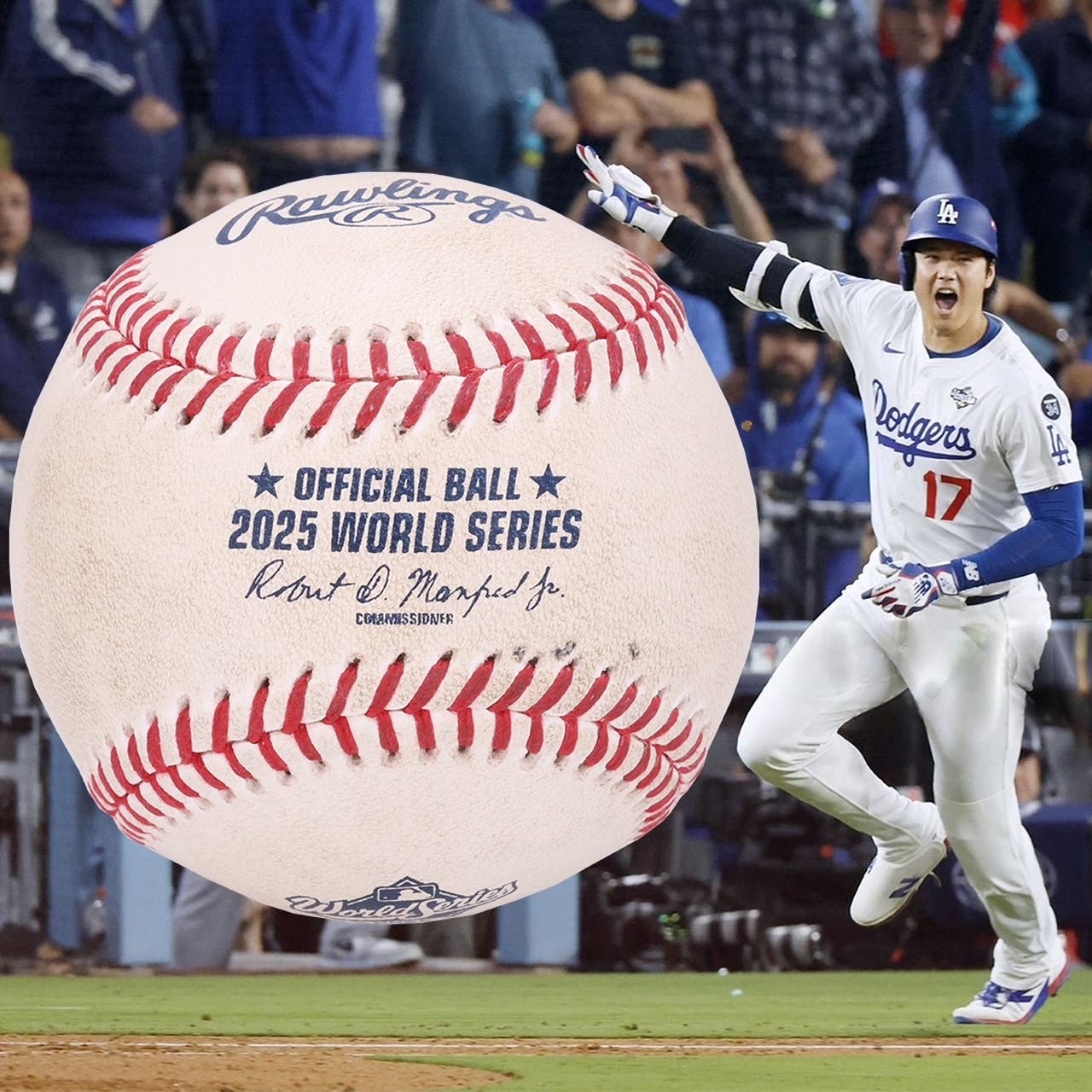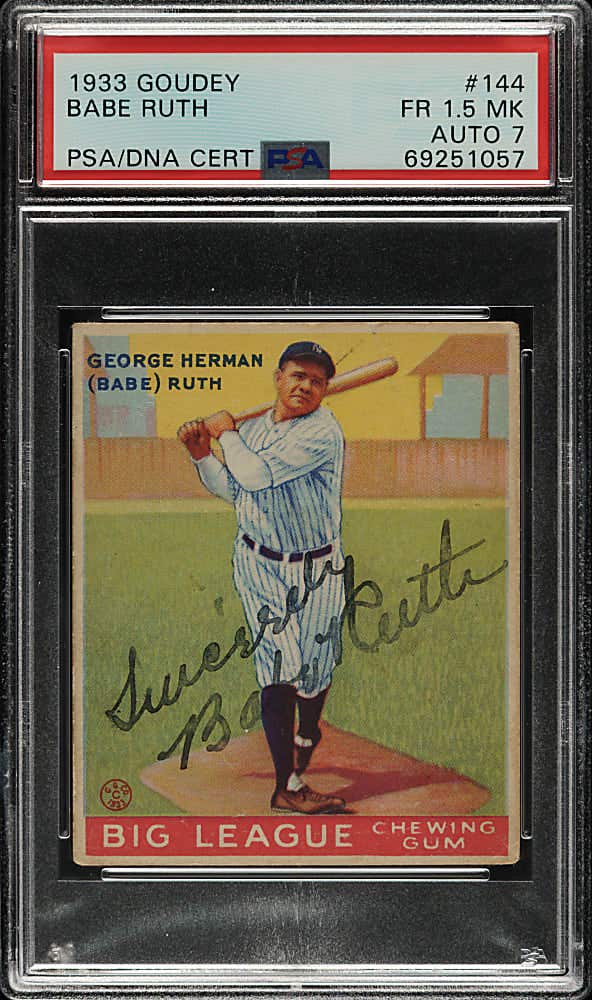Features
The Monarch of Kansas City: J. Leslie Wilkinson
By Ron Keurajian
J. Leslie Wilkinson was born May 14, 1878. As a youth he was fascinated with baseball and was a pitcher with a promising future. “Wilkie,” as he was known to his friends, was well on his way to a major league career when a hand injury put an end to his playing days.
Though his career was over before it even started, Wilkinson had baseball in his blood. He turned to ownership. In 1910, he financed a rather successful all ladies baseball team. He continued to field various teams until 1918. In 1920, the Negro National League was formed and Wilkinson became a founding member. He took remnants of the old All-Nations team and formed the fabled Kansas City Monarchs. He owned the team for nearly 30 years. The Monarchs were one of the premier teams in the league, producing such stars as Jackie Robinson, Satchel Paige, Hilton Smith, Andy Cooper and Bullet Rogan.
In 1930, Wilkinson was the first to use a portable lighting system, making night baseball possible. He died, generally a forgotten figure, in 1964 at the age of 86. Wilkinson finally got his just recognition in 2006 when he was inducted into the National Baseball Hall of Fame. He is forgotten no more.
Wilkinson signed in a wonderful, flowing hand. The signature evidences superior letter construction. Letters are well formed, resulting in a signature that is finely constructed. The signature has a high degree of legibility. Overall, his is one of the nicer of the Hall of Fame signatures. Early signatures are complex in nature, and as such, well executed forgeries do not exist. Illustrated is a signature accomplished in the 1920s. An effortless flowing script is noted.
In 1949, he lost the use of one eye during a botched operation. Despite this, signatures accomplished at this time evidence only trivial hesitation. A strong display value is still noted. According to Wilkinson’s grandson, Ed Catron, Wilkinson’s eye sight began to fail in the late 1950s. At this time, he was nearly blind. The lack of sight materially affected Wilkinson’s hand. So impaired was his vision that he resorted to using crayons to write. The thickness of the crayon made it possible for him to read his own writing. Illustrated is an example of his “post-impairment” handwriting. Material signed at this time still retains a somewhat decent flow but shakiness is noted. Letters may, at times, display themselves as mis-spaced. Signatures accomplished in pen only enhance the shakiness. Display value of late in life signatures is materially impaired.
Wilkinson’s signature is considered rare to very rare on per se basis. Wilkinson was simply not signing autographs for collectors. During his life he was not a famous individual. His signature is far rarer than signatures of fellow Hall of Famers Hughie Jennings, Joe Kelley or Alexander Cartwright.
The estimated market population is somewhere between 10 and 15 known signatures. Just about all of them originated from the Wilkinson estate. All are document or letter related. These items all hit the market at essentially the same time, hence the perception is that more signatures exist than actually do. The estate still holds a few short ALS examples penned on postcards from the 1900-10 era. These are written to his wife and are signed with his initials or as “Less.” One such card is illustrated.
Wilkinson’s signature can be added to your collection, but you will need to dig deep into your pockets to secure one. There are no signed photographs or baseballs known to exist. It is highly unlikely these mediums exist, signed.
There are a couple of forgeries/secretarial signatures to discuss. As owner of the Monarchs, Wilkinson signed very few letters and other correspondence. He likely signed just about all of the players’ contracts, but the club financial papers went to the trash pile upon his death.
Most team letters were signed by T. Y. Baird. There are a few letters in the market that are dated in the 1920s and 1930s. These are signed as “J. L. Wilkinson” in a muted and hesitant hand. This signature has been wrongly illustrated as a genuine signature of Wilkinson. It is, of course, not. Fortunately, these secretarial signatures look nothing like the genuine signature and are exposed upon cursory examination (see illustrations.)
A few years back an image was held out as Wilkinson in a pitching pose. An original postcard sold for more than $4,000 at auction. The image was confirmed as Wilkinson by an authentication company. The image has been used by forgers. The picture in question is illustrated. A couple forged pictures of this image exist. This is not an image of Wilkie. The unidentified player looks nothing like Wilkinson. If you see this image signed, it should be avoided in total.
One final thought. There is a signature or two in the market signed as “James Wilkinson.” Many articles and websites, including Wikipedia, refer to Wilkinson as “James Leslie Wilkinson.” Wilkinson is not named “James.” What? Wikipedia got something wrong! Wilkinson was born as “J Leslie.” He was not given a first name and never adopted one during his lifetime. Any signature signed as “James” should be considered a forgery and avoided in total.
As to values, Wilkinson is a quite expensive autograph and out of the reach of most collectors’ budgets. A few signed documents have been transacted between $12,500 and $15,000. One exceptional document involving the formation of the Monarchs exchanged hands for $35,000. The values of other mediums are not known. A full-page ALS has a likely value of $20,000 to $25,000. Wilkie’s signature will prove a significant acquisition to any baseball library.
The more I read about this incredible baseball pioneer, the more I realize how important he was to baseball history, Negro leagues or otherwise. After all, he is the “father of night baseball.”
Ron Keurajian is a long-time contributor to SCD and the author of the SABR award-winning book “Baseball Hall of Fame Autographs – A Reference Guide” (McFarland Publishing 2012).








